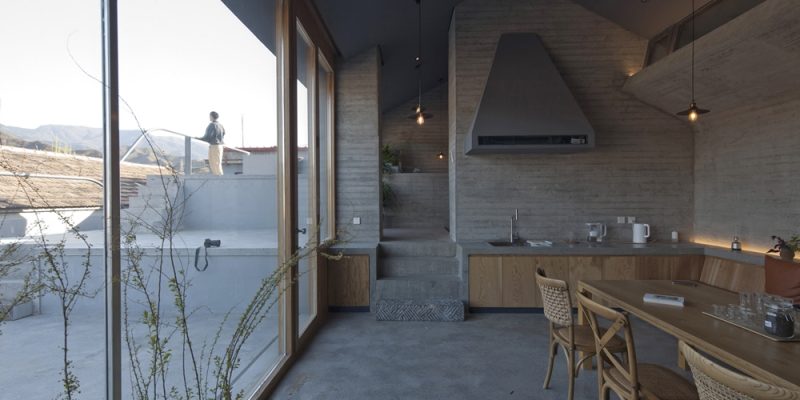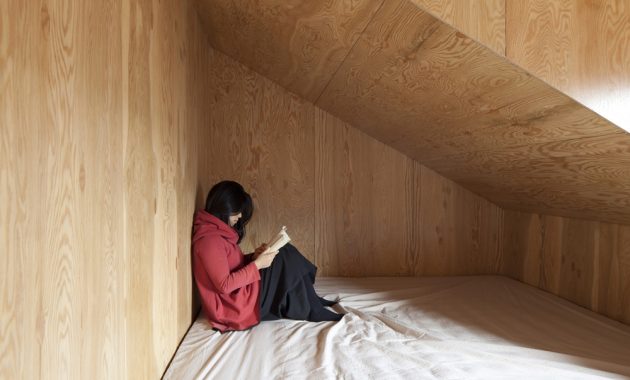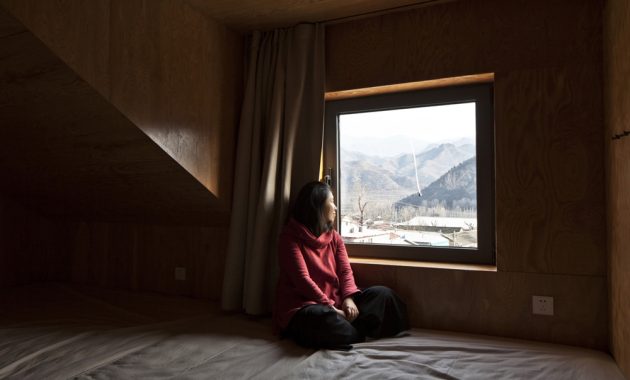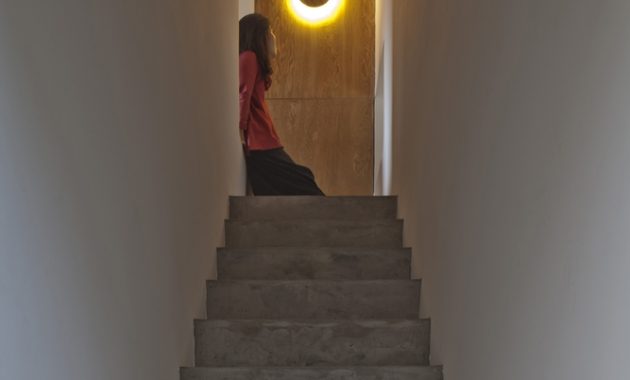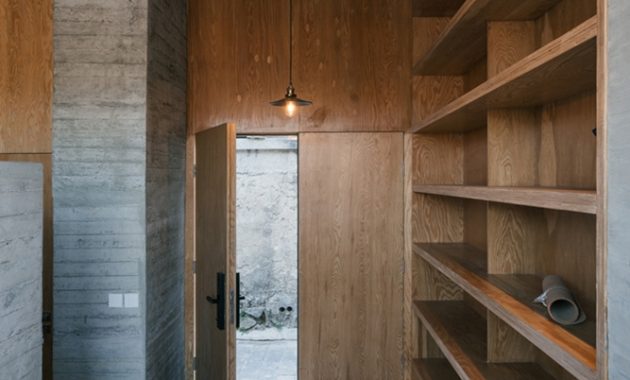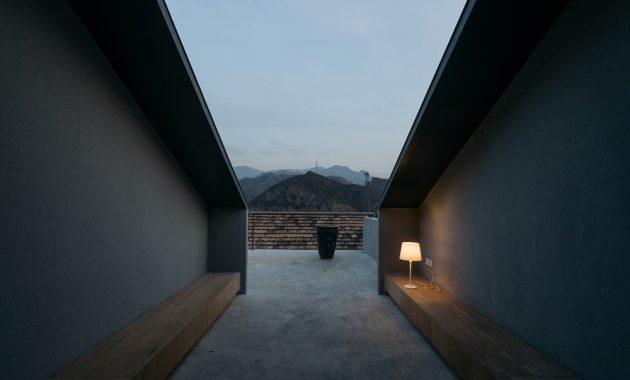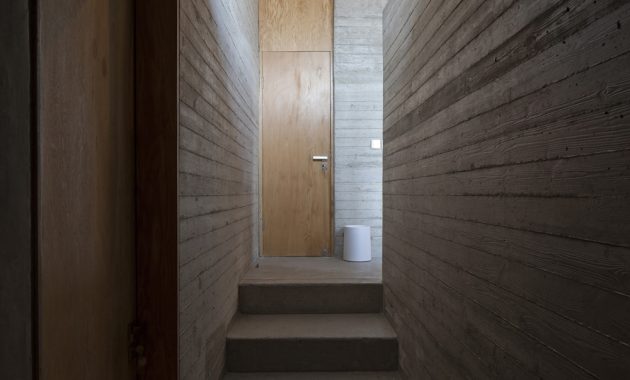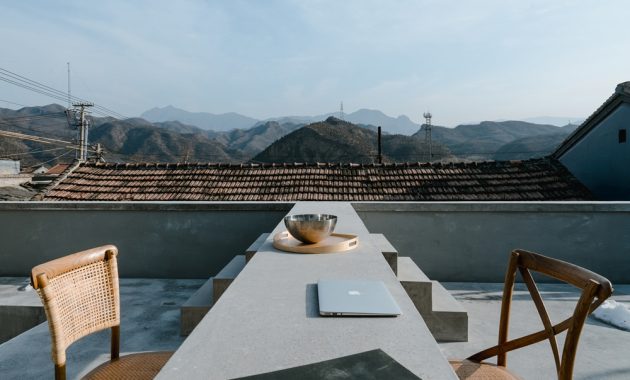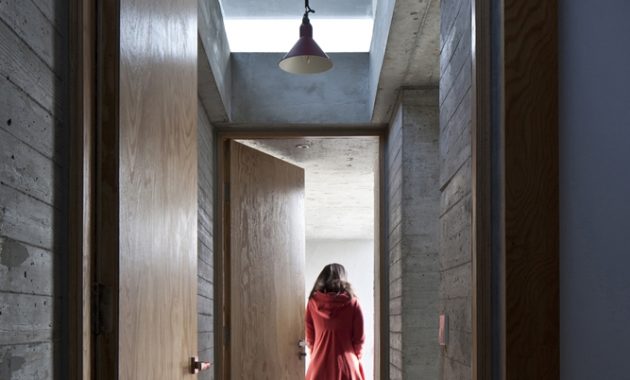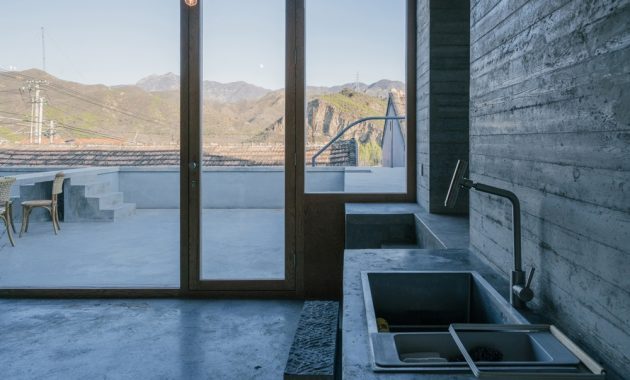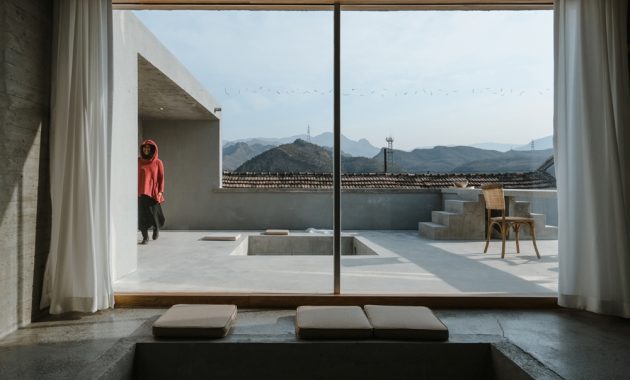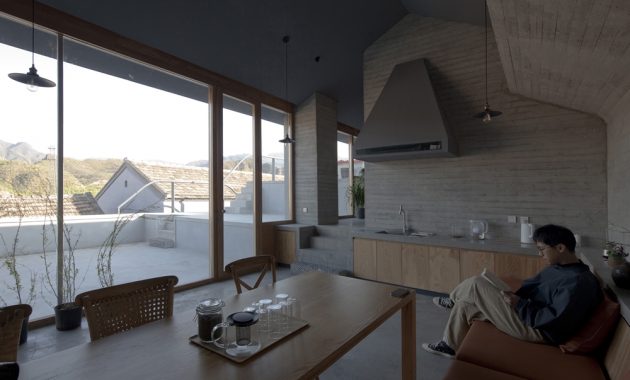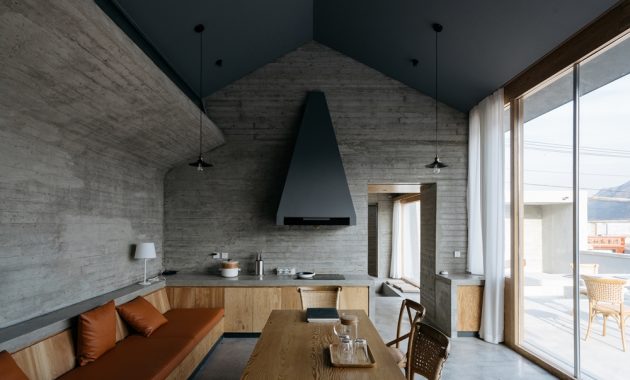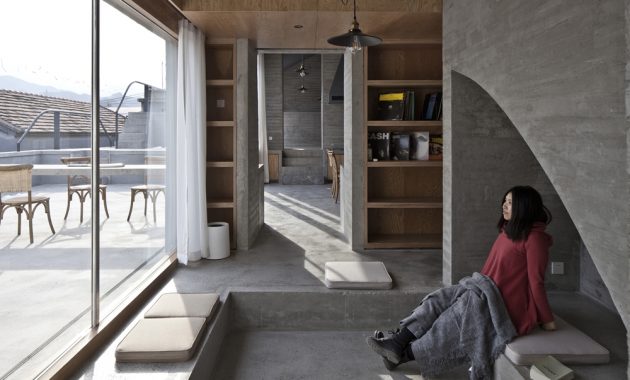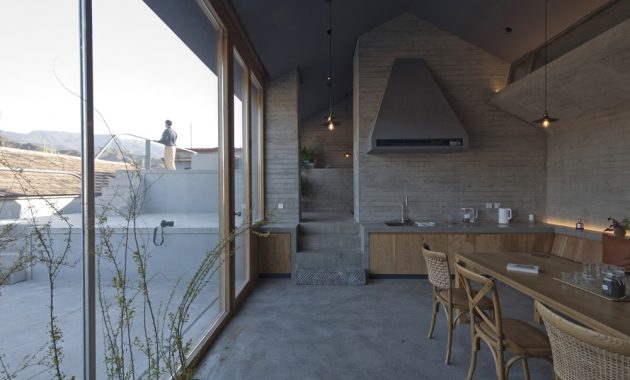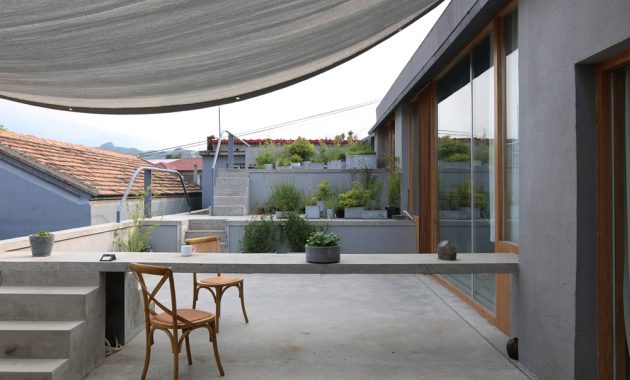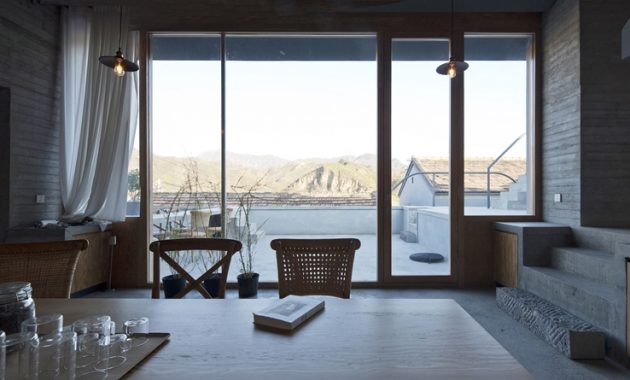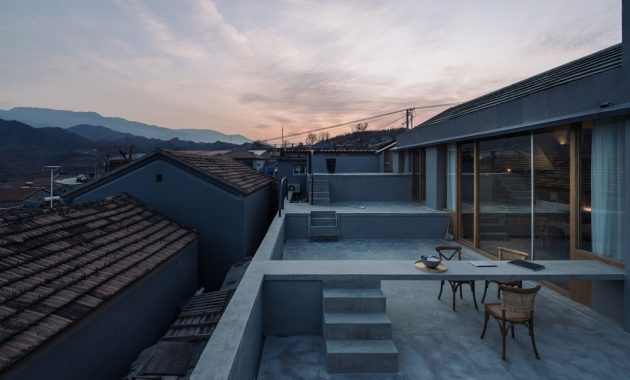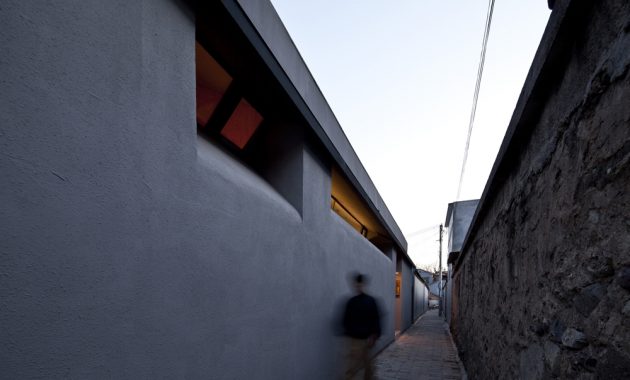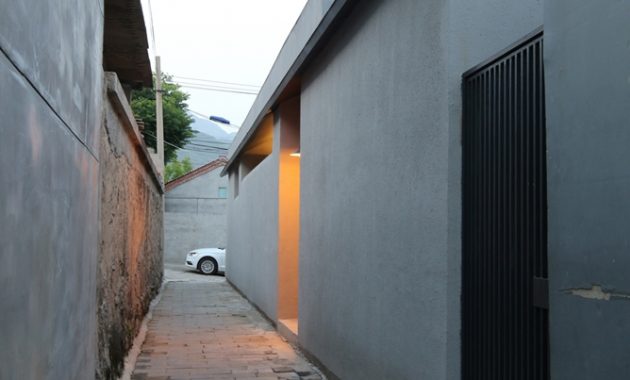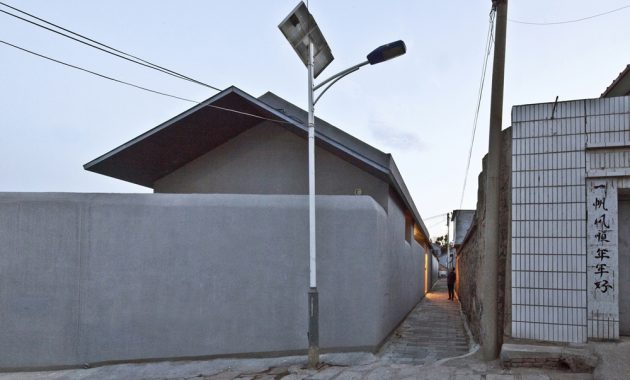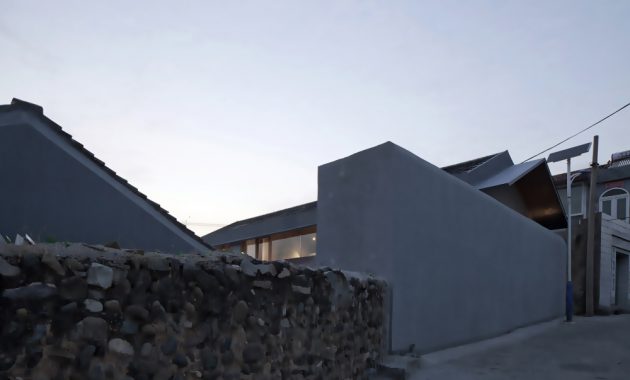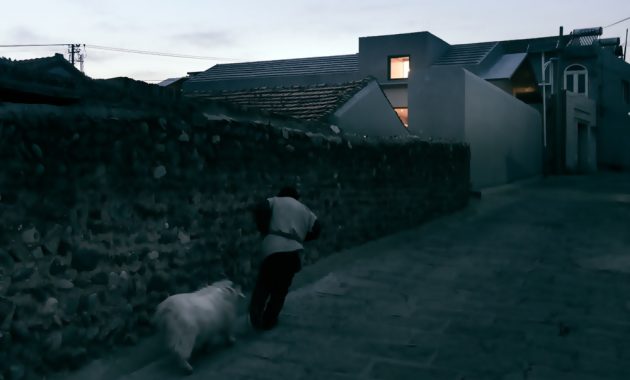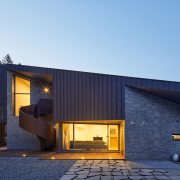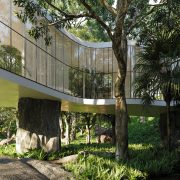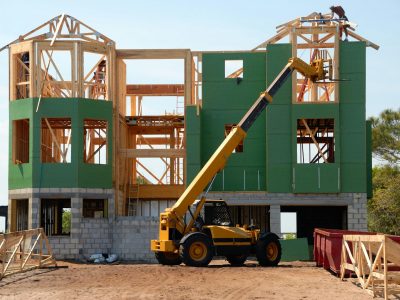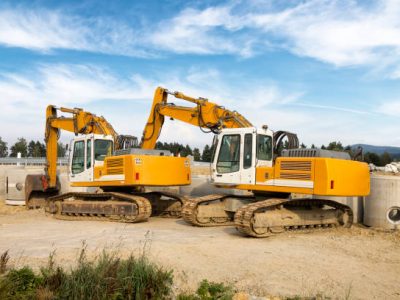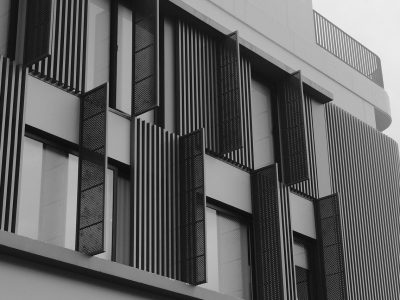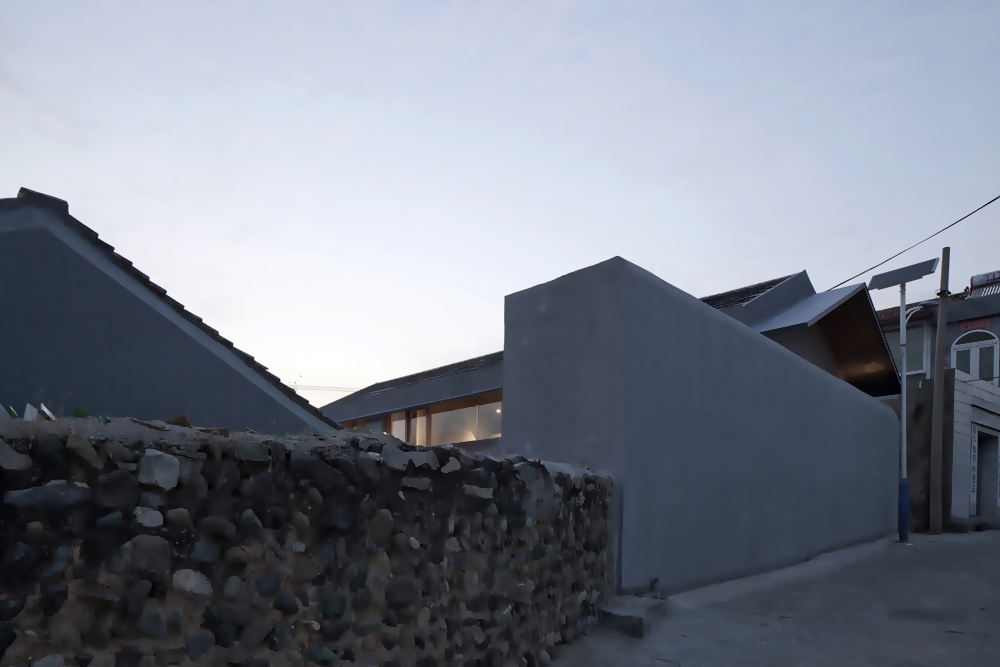
This project is located in Taihang Mountains, Beijing. The client wants to give their parent’s old house a new life. According to local folklore, a castle once stood above the village, built during the Yuan Dynasty. This is how the village’s name, meaning “under fortress” came to be. And as you look back you find yourself gazing upon beautiful Da’an Mountain and the Zhaitang Valley. Both of which have been left unchanged for millions of years.
This single story house is covered by grey rock and cement. And the architect decided to keep this materials to form the image of the village. In essence, the existing scale, shape, and color together make the building merge in with the background. At the same time, it acquires its own identity from small details of alienation.
Although there’s no evidence about the castle, we can still experience and imagine what the Mongolian soldiers would have experienced when occupying the castle. Their perspective still undamaged. And this experience become the starting point of the architec’s narrative.
When the first time the architect come to this house, everything was all ignored. And they transform it into an open, shared space. And the platform, since one is rise up and one is drop down, it create a sort of “platform upon platform”. As there are views on each corner of the site, the mountains themselves became a part of the building.
The entire space in this house lies between the unchanged ceiling with uneven ground. With variety of scale and shape, it create a distinct space that provide its own feeling. Some parts floor rising so high and there would be rooms below. And some parts drop down low, creating a loft space on top.
The additional space that available are meant for private use such as bedrooms or bathrooms. There are also many more subtle height differences, so platforms can be linked together using steps. The large one (between 400mm and 800mm) are transformed into a ‘table’ or ‘chair’. When someone walks through or sits inside the house, it will feel just like in a mountain cave. And then the ‘here and there, two mountains’ concepts’s appears.
In order to continuing the landscape, the architect tried to weaken the idea of ‘wall’ as a borderline that separating different rooms. The shear wall combined with added storage space together form a very thick volume, standing between different spaces. And due to the local customs, windows that open on the north wall are not allowed, so the architect made the top of the wall bend inward, creating a gap between the wall and eaves and following the roof line.
This window faces the hutong, creating a small environment underneath. As people sit inside facing the magnificent views, they can feel a sense of shelter, and at night, the light from within makes the gloomy hutong brighter.
When talking about the main platform, the architect define 4 rough sections, from the lowest to the highest. Under the loft bedroom, there are small sitting room around two 300mm deep hollows both in and outside to enjoy a relaxing moment.
The next section one is a higher area with a large scale and bright inside. There are living room, kitchen and dining room in this location. The exterior area is also a large space. The landscape defining the section and provide a kitchen, cupboards, tables, and sofas.
The third section is the entrance area. In this house, as we entering the house, we can choose 3 routes: to the lower bedrooms, outside the garden, or to the main living space. The fourth section is the ceiling. Since it’s quite low and unsuitable as an indoor space, the architect make a special outdoor space under the eave so everyone can sit here while watching the mountain, drink tea or playing games.


